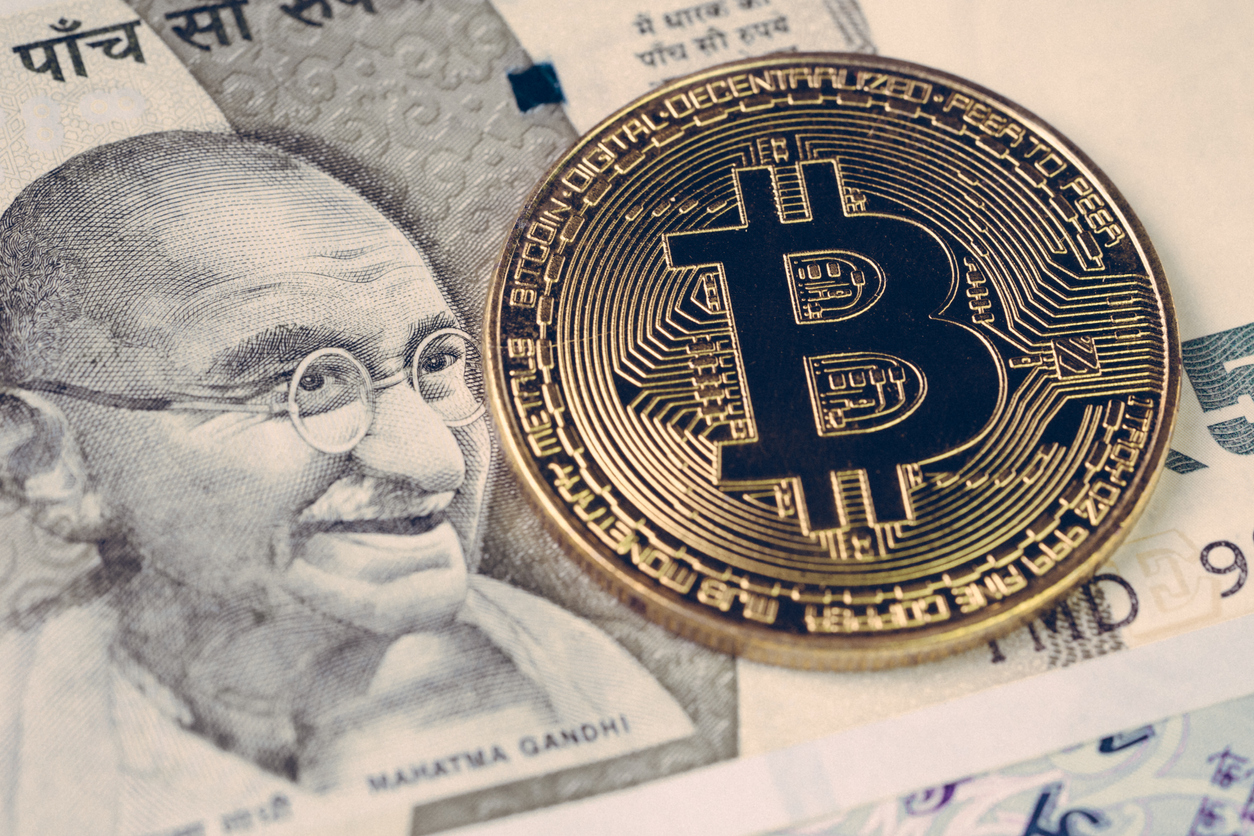
RBI plans to launch a digital currency. How will it be different from crypto?
The Federal looks at the main differences between government-backed digital currencies and private digital currencies

The Reserve Bank of India (RBI) wants to launch a digital currency by December 2021. Governor Shaktikanta Das said in an interview on Friday that the bank is working on a phased implementation strategy.
This is an important statement from the RBI, in view of the rise in popularity of cryptocurrency. The Supreme Court has already quashed a 2018 RBI circular banning banks and financial institutions from providing services to individuals or businesses dealing with or settling digital currencies.
Also read: FOMO on crypto? Here’s what you should know before you make the leap
At a webinar last month, RBI Deputy Governor T Rabi Sankar said the time for CBDCs – central bank digital currencies – had come.
What Are CBDCs?
Put simply, they are the electronic version of fiat currencies. The two have an exchange ratio of 1:1.
The idea of governments issuing CBDC, either as a substitute or complement of other forms of money, is not entirely new. Some argue that the concept goes back to the 1980s, when James Tobin, an American economist who won the Nobel prize in 1981, suggested that the US Federal Reserve could make available to the public a widely accessible “medium with the convenience of deposits and the safety of currency”.
Is There a Need for Them?
The adoption of CBDC has been justified on three main grounds: Central banks are faced with a progressive decline in use of paper currency, so they want to develop a more acceptable form of currency; they also want to meet the demand for digital currencies, and thereby avoid the more damaging consequences of such private currencies; jurisdictions with significant physical cash usage want to make issuance more efficient.
Moreover, payments using CBDCs are final and thus reduce settlement risk in the financial system.
Difference Between Cryptocurrency and CBDC
Cryptocurrencies – Bitcoin, Ethereum, etc – have become popular over the past few years. If they continue to gain acceptance, national currencies with limited convertibility are likely to come under threat.
Digital currencies are encrypted, decentralised and not linked to or regulated by any government. A CBDC, on the other hand, will be a digital version of the fiat currency – one backed by the government.
Cryptocurrency operates independently; a fiat currency is issued by a central bank. The latter requires intermediaries to make transfers.
The supply of fiat currency is regulated, and can be increased or decreased; the supply of cryptocurrency is limited.
Also, fiat currencies can be kept in bank accounts; cryptocurrencies are stored in digital wallets.
Does India Need CBDCs?
According to the RBI, our high currency to GDP ratio calls for a switch to CBDCs. If large cash transactions can be replaced by CBDCs, the cost of printing, transporting, storing and distributing currency can be reduced.
Most of the cryptocurrencies are denominated in US dollar – a freely convertible currency. Hence the RBI believes that the rise of crypto may not affect the greenback. A digital currency developed by India could help retain public preference for the rupee.

